 |
| The first image sent back to Earth from Perseverance following its successful landing on Mars. You can see Perseverance’s shadow in the foreground. Image credit: NASA |
On July 30, 2020, NASA launched its Mars Perseverance Rover on an Atlas V rocket from Cape Canaveral Air Force Station in Florida. Yesterday, February 18, 2021, Perseverance landed successfully on the red planet.
The 2,260-pound (1,025kg) rover touched down with precision at an ancient river delta site in Jezero Crater. Perseverance is exploring an area where a lake existed nearly 4 billion years ago. The Perseverance mission has numerous objectives, including exploring its geologically diverse landing site, assessing ancient habitability, seeking signs of ancient life, gathering rock and soil samples, and demonstrating technology for future exploration by robots and humans alike.
 |
| Map showing Perseverance’s landing site at the Jezero Crater on Mars. Image credit: NASA |
In the video below, you can see mission control react when Perseverance landed on Mars. Mission control was recorded using an Insta360 Pro 2 camera. When using a compatible browser, you can rotate the camera around mission control. The moment of elation is around the 1:46:00 mark. It’s an emotional moment for the team, and it’s cool to see it captured in 360 degrees.
Perseverance will spend at least one Martian year (about two Earth years) exploring the landing site region. Onboard are seven instruments, including the MastCam-Z, SuperCam, Planetary Instrument for X-ray Lithochemistry (PIXL), and Scanning Habitable Environments with Raman and Luminescence for Organics and Chemicals (SHERLOC). The Mastcam-Z is an advanced camera system with panoramic and stereoscopic imaging capabilities. The camera, which can zoom, will analyze the minerals of the Martian surface. SuperCam is provides imaging, chemical composition analysis, and mineralogy at a distance.
 |
| Engineers working on Perseverance. Image credit: NASA |
PIXL is an X-ray fluorescence spectrometer and high-resolution imager. PIXL will map the elemental composition of surface materials. SHERLOC provides fine-scale imaging and uses an ultraviolet laser to map mineralogy and organic compounds. SHERLOC is the first UV Raman spectrometer to land on Mars. SHERLOC also includes a high-res color camera for microscopic imaging of Mars’ surface.
 |
| Mission control. Image credit: NASA |
It’s difficult to overstate what an accomplishment it is to land not only NASA’s most ambitious Mars rover yet, but also to do so during a pandemic. As Chelsea Gohd writes for Space.com, ‘This mission didn’t just propel technology and science forward, it demonstrated the incredible Perseverance of the human spirit. Despite everything, the teams at NASA were able to accomplish this incredible feat, which, even in ‘normal times,’ would have been difficult.’ Matt Wallace of NASA’s Jet Propulsion Laboratory (JPL) shared a similar sentiment following Perseverance’s successful landing, ‘It’s been a tough year. It’s been tough to do this mission in this environment. But the team, like they have with every other challenge, has stepped up to it…’
 |
| An illustration of the Perseverance rover. Image credit: NASA |
If NASA had been forced to delay the launch from last July, the launch window would have been pushed back 26 months due to planetary alignment. Perseverance is a $ 2.7B mission, so a more than two-year delay is a tough pill to swallow. Instead, NASA was swift to enact COVID protocols, which came with unique challenges and ultimately allowed the mission to continue as scheduled.
 |
| This is the first image Perseverance sent back to Earth following its successful landing on Mars. Image credit: NASA |
Back to yesterday’s historic landing. Perseverance, or ‘Percy’ as some at mission control call the rover, landed at 3:55 p.m. ET. The landing went smoothly, and Percy wasted no time sending its first image back to Earth. Perseverance then sent a second image, showing the view from the rear of the spacecraft. Both images were captured using onboard ‘hazard cameras,’ and the protective covers were still in place. Future images will be more detailed and impressive, but these are nonetheless important photos. The images will be used to help the team very precisely locate Perseverance’s landing site on the Martian surface.
 |
| The second image shows the view from the rear of Perseverance. Image credit: NASA |
For Perseverance, the next few days on Mars will be spent exploring the area. Its handlers will come to grips with the area and stabilize the rover’s onboard systems, including communications systems that will allow specialized software to be uploaded from Earth.
 |
| A 3D-printed model of MastCam-Z. Image credit: NASA |
Per Space.com, ‘Perservance’s head-like, instrument-laden mast will also be deployed in these first few sols, allowing capture of great new imagery. For example, the rover’s MastCam-Z camera system is scheduled to take its first color panorama on sol 3.’ Mars 2020 deputy project manager Jennifer Trosper says that NASA will do about four days transitioning to new software before digging its teeth into planned scientific endeavors. It’s taken a considerable amount of time, money, and work to get to this point so that the team won’t rush anything.
 |
| As you can see in this diagram, Perseverance includes a lot of onboard instruments and equipment. Among other objectives, the rover will use its instruments to analyze and gather information on the chemical and mineral composition of the Martian surface. Image credit: NASA |
Perseverance includes an onboard helicopter, Ingenuity. The four-pound helicopter will drop from the rover soon and, if all goes well, become the blueprint for future extraterrestrial exploration.
 |
| An illustration of NASA’s new Mars helicopter, Ingenuity. Its maiden flight will mark the first powered flight on another world. Image credit: NASA |
If you want to take part in the celebration of Perseverance’s successful landing, NASA has set up a Mars Photo Booth. You can upload a selfie and place yourself on Mars, in mission control, or in front of a handful of other backgrounds.
There’s a lot to look forward to over the next Martian year (and hopefully longer). Perseverance includes 23 cameras, so we should be treated to some amazing imagery throughout 2021 and beyond.
Articles: Digital Photography Review (dpreview.com)































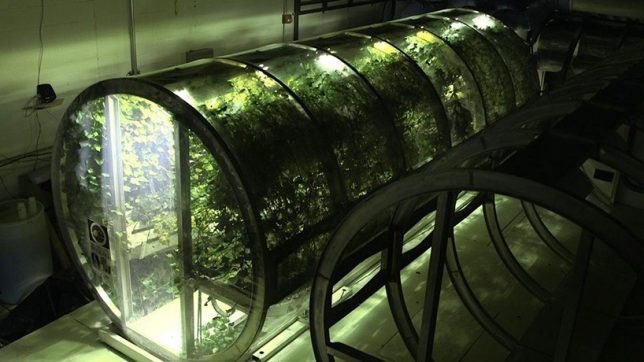
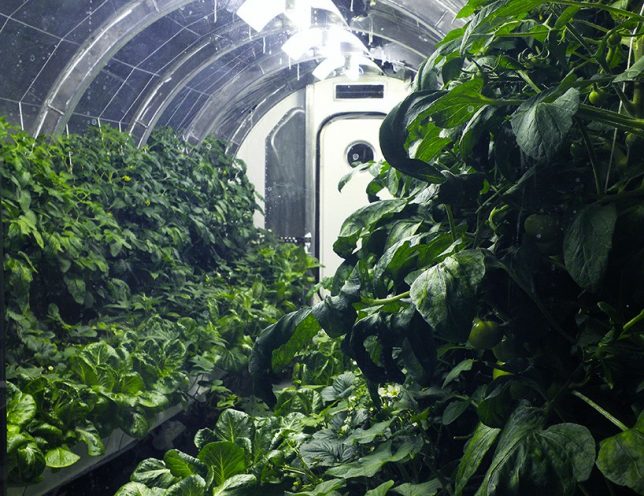

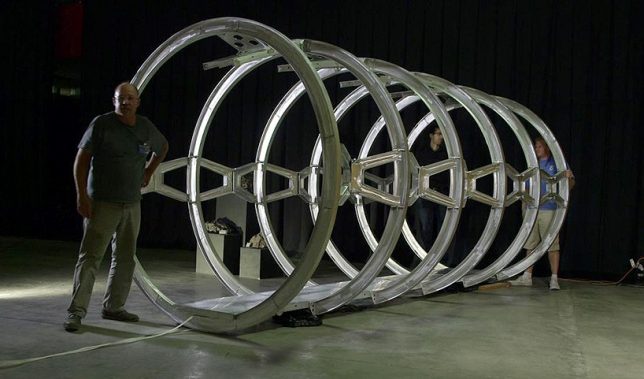





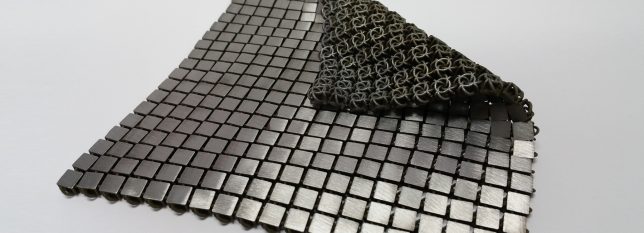
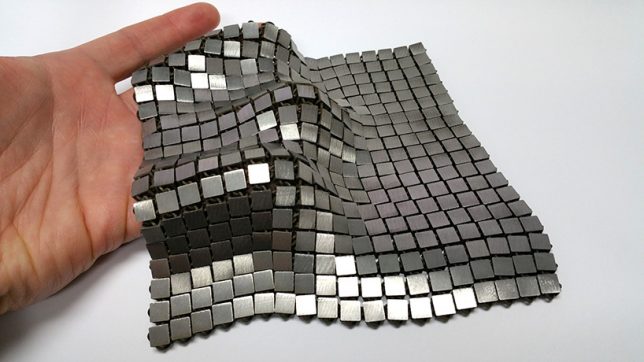

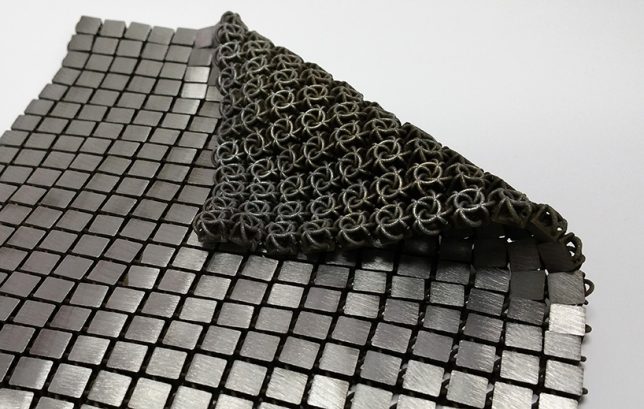
You must be logged in to post a comment.